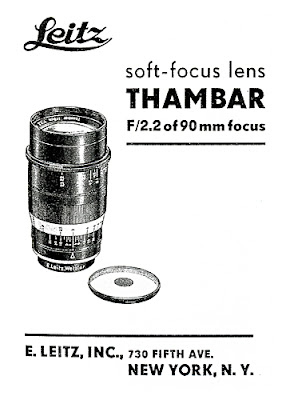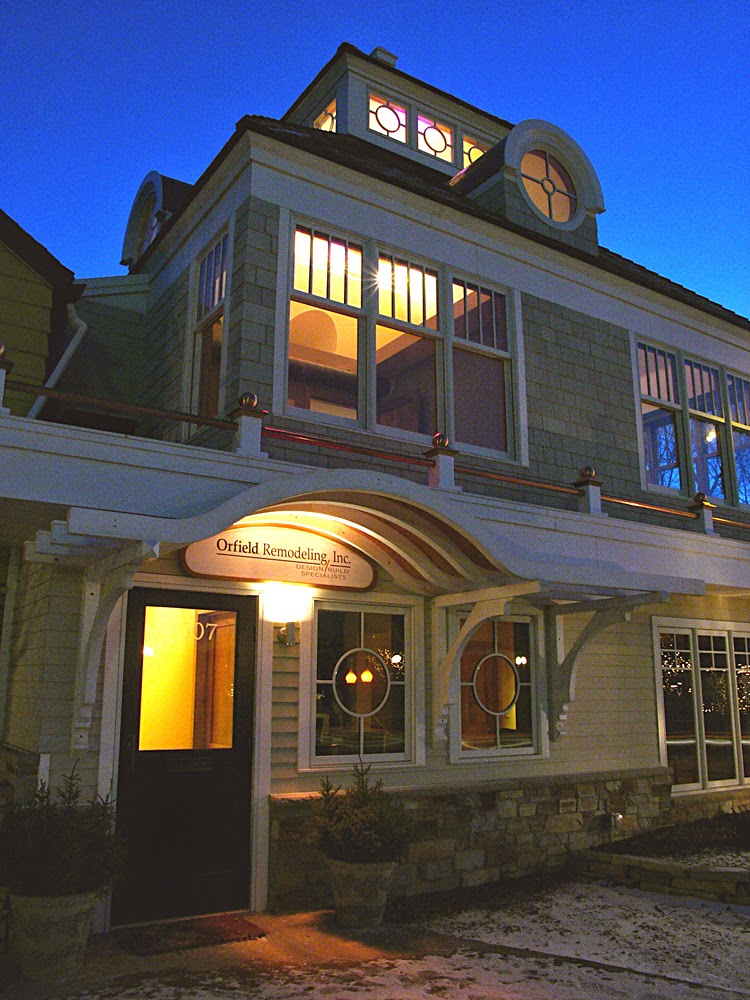By J. Cassario
When it comes to choosing the gear I
shoot, the name or logo that’s on it usually doesn’t factor in all that much.
The gear that I choose to actually own, is the gear that I feel does the best
job of creating the images that I want to create. I am very selective and
careful about what I spend my money on and the gear I choose to own. If there
is something I need for a particular shoot that I don’t already own, I simply
rent it. Along with renting what I need, I also rent anything that I am
interested in trying. Anything that strikes my interest, whether it be newly
released gear or older film gear, I will rent first.

Recently the Leica M9 started to tickle
my interest. I’ve been interested in shooting a rangefinder for a while now,
and knowing other photographers that love their Leica systems they shoot with,
I thought it was time. I rented an M9 from Lumoid.com along with a Voigtlander
35mm f/1.4 lens for a wedding and fell in love. A couple weeks later, I rented
it again. This time it was more of a trial run to see if it was something I
wanted to spend the money on purchasing. It never went back, and not only did I
get it for a great price, but a percentage of the money I spent on renting it
went towards the purchase.

Rather than writing a review, I wanted
to instead share my experience as a wedding photographer with the M9 and
explain a little about why I ultimately chose to not send the rental back. What
made my decision even more interesting is that I had a D4S in my possession for
reviewing, a camera I had initially thought I would really like. A rangefinder
is a completely different beast than a DSLR, and choosing between the Leica M9
and the Nikon D4S was actually not a difficult decision to make once I got to
spend a good amount of time shooting both of them. Let me explain why.

Growing tired of my heavy DSLR bodies,
shooting with the Nikon DF really made me start to think about smaller and
lighter options for my digital work. While the Df is still a DSLR, it is
lighter and smaller than my other pro bodies. But it’s not just about the size
and weight, it’s about the shooting experience. I simply enjoy shooting the Df
better than my other DSLR bodies, both Canon and Nikon. Not only do I enjoy
shooting it, but my clients feel a different experience, and are more intrigued
by the Df than my other DSLRs, including the Nikon D4S. All of them create a
digital image, but it’s about the process of getting there. Not once did I have
a client show interest in the $6500 D4S, but bring the Nikon DF out and they
almost always become more engaged and interested in what the images look like.
The Leica is a similar experience.

Leica is known for being extremely high
priced, and along with the history and “mystique,” as some would call it, it is
a system that is either loved or hated. It’s also been considered the Rolex
watch of cameras, a more expensive way of simply telling time, and a camera
priced more for its name than its actual performance. Leica is expensive, but I
can tell you this, there is more to a Leica than just its name. As an artist,
the Leica M9 was refreshing to shoot with. Just like my medium format film
cameras, it made me slow down. A unique shooting experience that is much
different that of a DSLR. It inspires me and ultimately makes me a better
photographer.

The rangefinder is different from the
moment you pick it up and put it to your eye, no longer seeing through the lens
like you do with an SLR. But for me, it’s not just about the experience, for me
it’s also about the images that the M9 produce. The images have a unique look
to them that I personally have fallen in love with and so far, my clients have
too. The M9 has a full frame sensor, which packs an 18 megapixel CCD sensor
made by Kodak, which also lacks an AA-filter like that of the Nikon D800
line-up. The images are crisp and have a lot of character along with pleasing
and beautiful colors, providing a look that I find authentic and similar to
film. With that being said, it’s these same qualities that leave a lot of
photographers scratching their heads and wondering why so many love it.
The M9 does a horrible job in low-light,
and the auto-focus is…well, there is none. The sensor doesn’t excel at high ISO
and sucks in dynamic range. It has flaws when compared to cameras of newer
technology, but Leica makes no attempts to hide from them. It’s part of the
whole experience, and for those that understand what character is, the M9 has
it. In good light, the image quality shines, but the graininess that comes
along with bumping the ISO up resembles that more similar to film from what
I’ve noticed, especially when converted to black and white. The Leica M-lenses
also have a big part in the unique look and while the prices of the lenses
alone are pretty shocking, there are less expensive options.

The thing that is special about the M9
is that Leica stayed true to its older technology from its early days, and
while it is in fact all manual, it is very simple to use. The focusing system
is the same as it was with their film cameras of old, which is much different
than that of an SLR, and takes a little getting used to. There is no top LCD
screen to see your settings, and the aperture settings are done on the lenses.
The digital features are extremely simple and options are minimal to say the
least. There aren’t any menu banks with tons of options to choose from, just
one menu. Once set up, it’s a camera that you simply pick up and shoot. It does
its job without getting in its own way. It lets the photographer do something
that is often lost with all the newer technology, and that’s using their
vision, imagination, and ideas to create an image without having technology
interfere.

As an artist, I loved being able to use
different mediums to push my creativity. Whether it be pencil drawing, oil
painting, clay work, charcoal, or watercolor, each requiring unique skills and
creating its own experience. Using different mediums in art not only helped
make me a better artist, but enhanced my creativity. Photography is no
different, and while classical artists may have disagreed for many years, it’s
a medium. As a photographer now, pushing my creativity is no different and the
gear that I use is not only about the images being created, but the experience
that goes into it. Whether it be film or digital, as a photographer, we have
never had such a wide selection of equipment to use as we do today. Choosing
which to use as a creative tool can be challenging sometimes, especially when the
cost of technology isn’t cheap. Leica is one of the most expensive names in the
game, with both its cameras and lenses, but the price of them used can make
them more affordable to those that don’t want to sell a kidney.

In the end, I chose to keep the M9 and
not the D4S because of what it offered my wedding business, a fresh new look
along with a whole new shooting experience. It can’t shoot at extremely high
ISOs and may not be able to capture every moment as it plays out in front of
you, but that’s not what I bought it for. I bought it to use as a tool, a new
medium, to help bring a vision or idea to life. The M9 is more about the
experience and creating unique images to me. It forces me to slow down. It
gives me a chance to see things, feel things, and more importantly be creative
in the process. I’m extremely happy with my decision to not only finally try
the Leica, but purchasing it has made me truly enjoy photography again. If
you’re interested in trying something new, and expanding your creative mind, I
highly recommend giving the Leica M9 a try. Here is the exact kit that I rented
and ultimately purchased from Lumoid – LEICA M9 + 35mm Voigtlander Nokton
Classic
A few more images taken with the Leica
M9:
About J. Cassario
Jay Cassario is a photographer from
South Jersey, and owner of the wedding, engagement, and portrait photography
studio Cass Imaging. His true passion is his portrait work, but his love for
landscape and star photography has earned him publications by National
Geographic.
WEBSITE: http://jaycassariophoto.com/
This article was published with permission from the author. It was originally published by
SLR Lounge. www.slrlounge.com
-----------------------------------------------------------------------------------------------------------------------------------------------------------------------------------------------------------------
Please make payment via PayPal to GMP Photography
Click on ad to enlarge
Click on ad to enlarge
One of the oldest Leica dealers in the
US
For a list of new and used equipment go to:
We will honor the current Leica prices if
ordered before the price increase on September 1






























